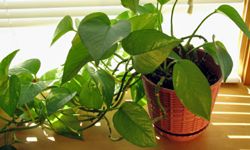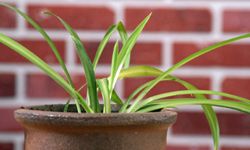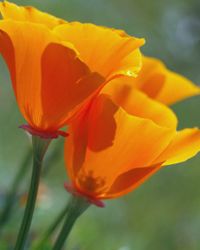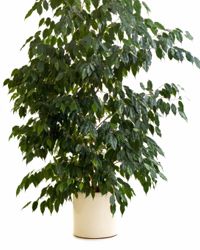Anyone who complains about having a brown thumb may simply be choosing the wrong plants to grow. Some plants are exceedingly sensitive, needy, temperamental and difficult. These are plants that go into extreme shock if the soil gets a bit too wet or dry, or if the light or air temperature is not just so. Stay away from those plants.
Instead, if you want things growing in and around your home (other than mold spores), choose plants that have a history of hardiness. Some plants actually thrive when the soil dries out completely between watering. Plants whose native habitat is on forest floors prefer that dark corner of your living room. So even if you're a little forgetful with your plant care, or your house is not flooded with natural light, you can still enjoy green success inside and out.
Advertisement
You can be a victorious gardener if you make the right choices.





